
Low-powered Commander is generally thought of as something of a battlecruiser format full of expensive spells. If the game is going to last a long time, why wouldn’t you want to fill your deck with high-impact cards? Well, there are a lot of reasons. Even if the game lasts until turn 10+, if 40something percent of your deck is spells and the nature of mechanics like Parlay and Monarch mean you’re often drawing more than one card per turn, even if you don’t play much card draw engines, if all your spells cost 4+, it can be pretty hard to use them all. More importantly, if you entirely sit out of the early game, you can sometimes find yourself too far behind to participate. More importantly, playing multiple cards in a turn is often very powerful. In practice, I find that most of my decks in Commander Cube want curves that look almost unexpectedly similar to regular cube decks.
Given that I think decks want to play cheap spells, it’s important to offer those cards to players in a draft (I mean, you could not do that, but you’d want to be very intentional about it–if you include some cheap cards, but not very many, those cheap cards could just become very swingy premium picks that advantage players who know to prioritize them, which is something I’m looking to avoid, as I’d like the games to play reasonably well between players with different levels of familiarity with the cube). So, assuming you want to include cheap spells, which cheap spells make sense in this kind of environment and why?
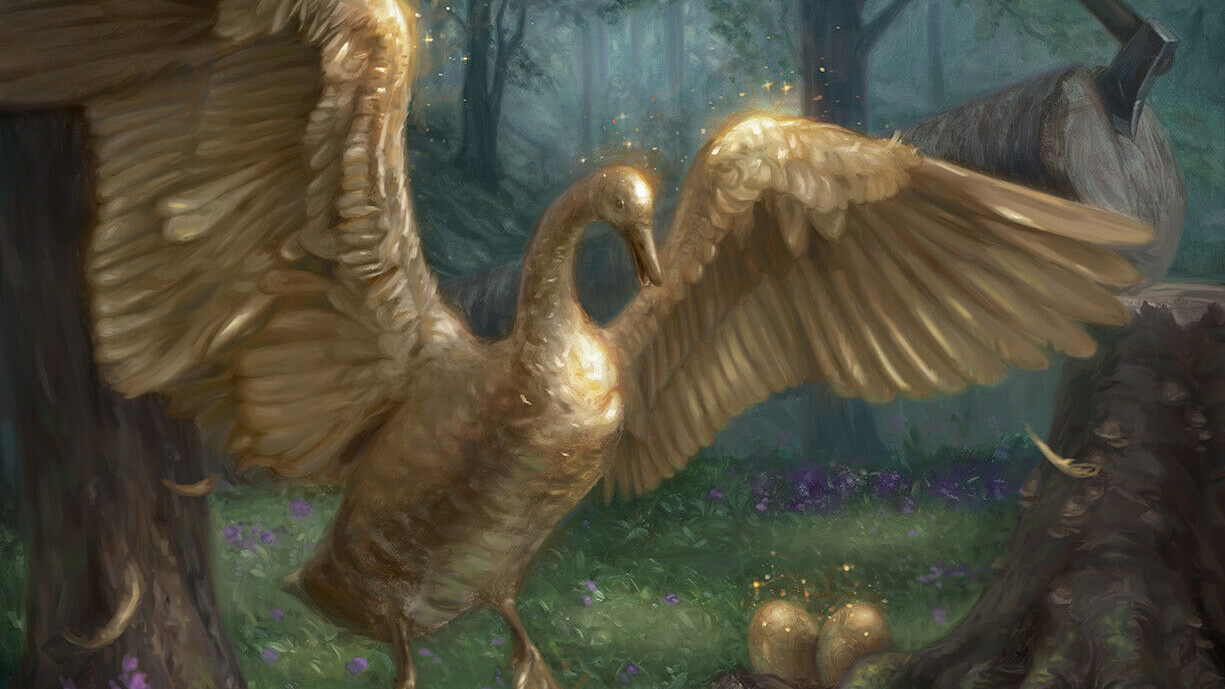
One Mana Creatures
You certainly don’t want to just copy the most commonly included cards in regular cubes. Goblin Guide is not where any deck in this sort of cube wants to be. You want cards that are good to draw early, but that aren’t trying to win the game early, since those cards would either mislead players or ruin the experience (if your goal is that the game shouldn’t end early, as mine is). The best cards aren’t dead draws late so that players can include them in their deck without feeling punished for drawing them in long games, but, of course, if a player has run out of spells and they’re hoping to draw something strong, a one mana creature is rarely going to be what they want to see, so you have to accept that some cards are just going to be better to draw at some stages of the game than others, but not all.
Some one mana creatures age well. Viscera Seer, for example, is nice to have early so that you can sacrifice any creature that might die anyway, but late in the game, it can sometimes be exactly the card you’re looking for if you have a bunch of tokens and you’d like to scry, or more likely, generate a bunch of Blood Artist triggers. Viscera Seer is generally stronger the more creatures you have in play, which makes it scale reasonably well in the late game.
Another example is Goblin Welder, which can allow for explosive early game plays if you draw it early with a cheap artifact, an expensive artifact, and a way to discard the expensive artifact, but this is a pretty low synergy cube where that kind of play is unlikely, more likely, you’re looking to use Goblin Welder as a powerful late game card to get extra value out of strong artifacts that have naturally ended up in the graveyard, so drawing Goblin Welder once all of that has happened can be pretty strong.
Benevolent Bodyguard’s primary role is to protect your best creature. If you draw it late, you’ll likely have a strong creature for it to protect. Giant Killer is mostly a removal spell that gives you a body that can kind of function as another removal spell, especially late in the game when you have plenty of mana.
Dragonmaster Outcast is another example of a one mana creature that doesn’t do much in the early game, but it’s very strong late.
Soul Warden and Soul’s Attendant are some of my favorite creatures in the cube. If you draw them early they give you a huge life cushion at almost no cost. Partially, these are a good fit because they’re trying to prolong games rather than trying to end games, and partially they’re a good fit because they exploit the multiplayer nature of the format by getting twice as many triggers. Essence Warden would be similarly strong, but I don’t currently include it to keep strong life gain to white’s identity.
The mana creatures in my commander cube are a bit unusual. I’ve prioritized creatures that can tap for any color of mana – I don’t want green to be defined by having a million mana elves, and I do want it to have good fixing. This helps keep the number of mana creatures low while also making color requirements in the format a little easier. Gilded Goose is my favorite because it’s less explosive but stronger late game since it offers less consistent mana early in exchange for a late-game mana sink. At the moment I have Jaspera Sentinel and not Citanul Stalwart–I like the Jaspera Sentinel can chump block big fliers in the late game, but I’m tempted to include Citanul Stalwart as well.
Two Mana Creatures
At two mana things get a lot easier. I don’t think you need that many one mana creatures–skipping turn one or playing a tapped land is and should be fine, but it is nice to have things you can do with a single mana. Once you get to two mana, I’d like most decks to expect to usually have something they can do on turn two. If you happen to not draw something, it won’t be the end of the world, but you’re a little behind, it’s better if you do have something. There are a lot of value-oriented two drops. Anything that cantrips is a fine start–Wall of Blossoms, Wall of Omens, these will probably save you a decent amount of life if you play them early and might help in other ways later one, same with Spirited Companion or Fblthp, the Lost, but there are much more interesting options.
Luminarch Aspirant is generally thought of as an aggressive card, but it provides a persistent material advantage, which is more important than just dealing damage to a single opponent. Lion Sash and Scavenging Ooze are fine early creatures that scale super well into the late game when graveyards are full and mana is plentiful and they can also function as relevant interaction.
Cards like Gilded Drake and Phantasmal Image are cheap, but get stronger the later you are in the game when there are stronger creatures in play such that players will usually hold them for a long time even if they draw them in their opening hands.
Ledger Shredder is structurally pretty similar to Luminarch Aspirant–on the surface, it’s an aggressive creature, but more importantly, it’s giving you a persistent advantage while it’s in play.
There are a ton of options, but what you’re looking for is creatures that are good for reasons other than their power, toughness, and keywords. You want activated, triggered, and even static abilities. Look for unique effects, things that scale well with additional mana or more cards in play. This extends beyond cheap creatures–for almost all creatures in any commander setting, the text on the card is just a lot more important than the numbers on the card (power and toughness more than casting cost–casting cost always matters).
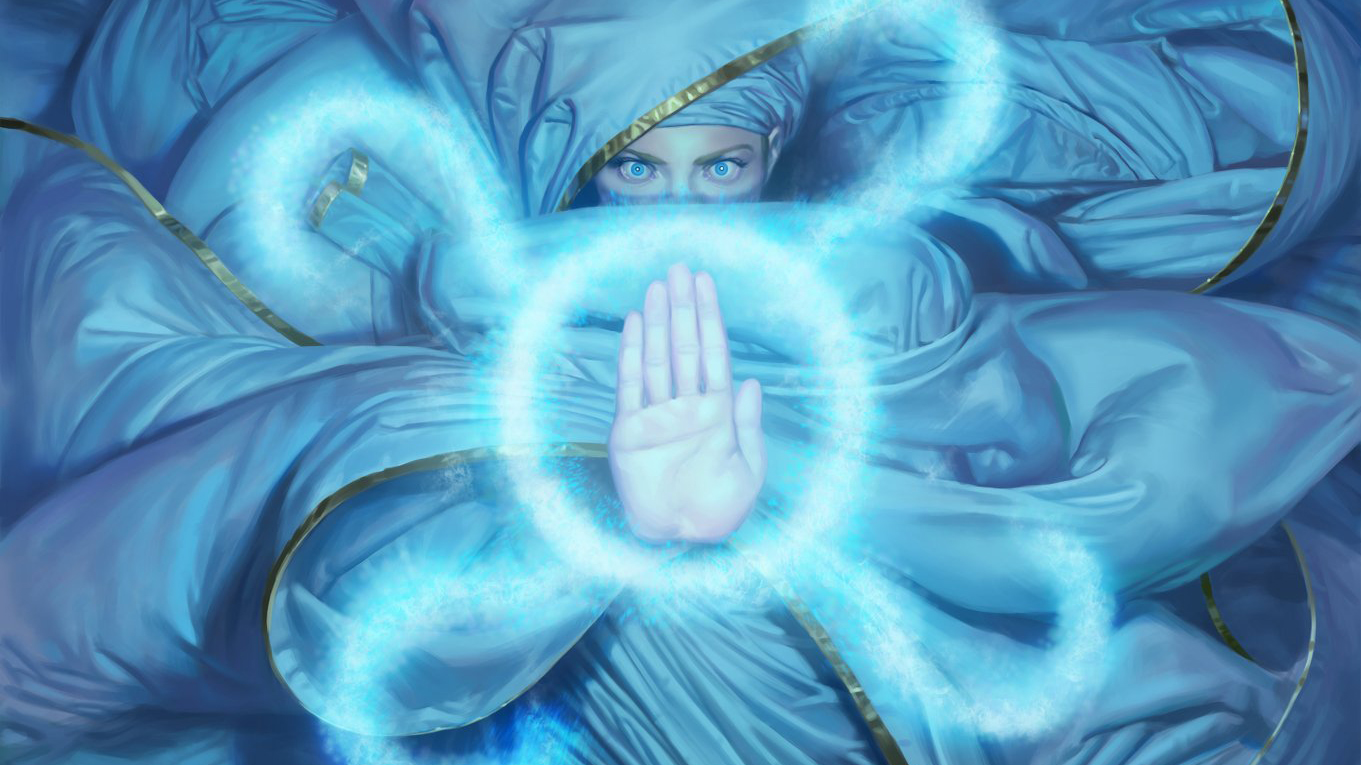
What About Non-Creatures?
I believe that cheap is the name of the game when it comes to interaction in Commander. You can play expensive proactive cards if you want, some really powerful ones support your game plan well, but it’s really hard to play expensive reactive cards in Commander.
Take Cryptic Command. Cryptic Command is great against a single opponent. You can pass with four mana up and be pretty sure that no matter what they do, you’ll be able to do something very profitable with your Cryptic Command. That’s not really how multiplayer works. You don’t want to fight over whatever your opponent happens to do on some particular turn that you have to choose in advance. Maybe someone casts a powerful creature. If you’ve passed your turn with Cryptic Command, you’ve committed to casting it, then you counter their powerful creature. Did that help you? Maybe, that depends on what that creature was going to do. If it was going to attack you, yes, but if it was going to attack your opponents, you’ve killed your creature. If it was going to get killed by one of your opponents, you’ve given the opponent that would have killed it a free removal spell and some mana.
Removal needs to be efficient enough that you can play it when you need to without dedicating an entire turn to it. It also basically has to be instant speed, so that you can kill things when they’re threatening you, not just when they might threaten you.
Cards like Confirm Suspicions seem like they’d be good in a slower format like Commander, but too often, it’s just an expensive card draw spell because you can’t hold up the mana for the right moment, so you just have to use it on whatever happens when you dedicated the mana, which often wasn’t meaningful or productive to counter.
This means that it’s easy to include a wide range of casting costs among non-creature spells–for the most part, all the interaction should be cheap, while the expensive cards should be proactive or the kind of major effects you can’t get for less mana, like sweepers.
Another interesting thing about answers in Commander is that card advantage isn’t important–specifically, giving another player a resource doesn’t matter that much. Consider making another player draw a card–theoretically, if everyone at the table draws a card, that action doesn’t inherently favor any particular player. If three players draw a card, that mostly hurts the one player who didn’t draw a card, if two players draw a card, that was good for those two and bad for the other two. If everyone but you draws a card, you’re not behind by three cards, because if later only you draw an extra card, you’ve now caught up. In practice, another player drawing a card is about as bad for you as drawing a third of a card is good for you – this means that a card like Dream Fracture, which counters a spell and then you and your opponent both draw is about as negative for you as making your opponent draw a third of a card would be in a two-player game. This is why Arcane Denial is stronger than Counterspell in a 4 player game.
Similarly, cards like Pongify, Resculpt, and Beast Within have much less of a drawback than they would in a one-on-one game. For one thing, again, creatures that are just stats with no text often don’t matter much, but even if they did, it’s just not that likely that they’ll attack you rather than another player. If your opponent has an awesome creature with a lot of text, and they’re trying to decide who to attack, they typically have to respect Pongify just as much as they would Swords to Plowshares–the cards are a lot more similar in Commander than in two player Magic.
So, when choosing which interaction to include, you’re looking for cheap instants, exiling is very strong if you can get it, versatility is huge, and most drawbacks can be forgiven, some examples of good fits: Swords to Plowshares, Path to Exile, Contraband Livestock, Baleful Mastery, Wild Magic Surge (not in my cube, but it probably should be–I only learned about it recently), An Offer You Can’t Refuse, Swan Song.
Also, kind of the inverse of the principle that helping someone else doesn’t hurt you very much, helping yourself is a big deal. Protection spells like Tamiyo’s Safekeeping and Loran’s Escape are stronger than they are in competitive constructed formats because you’re more likely to have expensive things worth protecting.
There are plenty of productive ways to spend small amounts of mana on cheap cards that aren’t creatures or interaction–card selection like Ponder and Consider are good at any stage of the game, and artifacts like Golden Egg offer a wide variety of possible synergies–I’ve liked offering a lot of cards like that, but I also think it’s reasonable to skip them–I just enjoy some strategies that make use of them.
There are also enchantments–if creatures mostly matter for their text, enchantments are ways to get the textbox with a little less vulnerability than a creature. Cards like Authority of the Consuls, Blind Obedience, Bloodchief Ascension, Goblin Bombardment, Sylvan Library, Evolutionary Leap, and Cryptolith Rite are all great enchantments to play early in the game that generally scale well enough into the late game to be pretty good draws at any stage.
I mentioned earlier that it would be possible to design a cube that didn’t offer cheap plays, but I think it would be highly inadvisable–I think playing in such an environment would be pretty frustrating, and I think Magic is a lot more interesting when players can cast multiple spells in a turn and threaten to impact the game for small amounts of mana rather than needing to commit entire turns to any single effect.
Whatever context you’re playing commander in, whether it’s casual constructed, competitive, or cube, if your average mana value is a lot higher than you see in most constructed decks, I think you’ll have more success and a better time if you find room for some cheaper spells, and not at the expense of lands





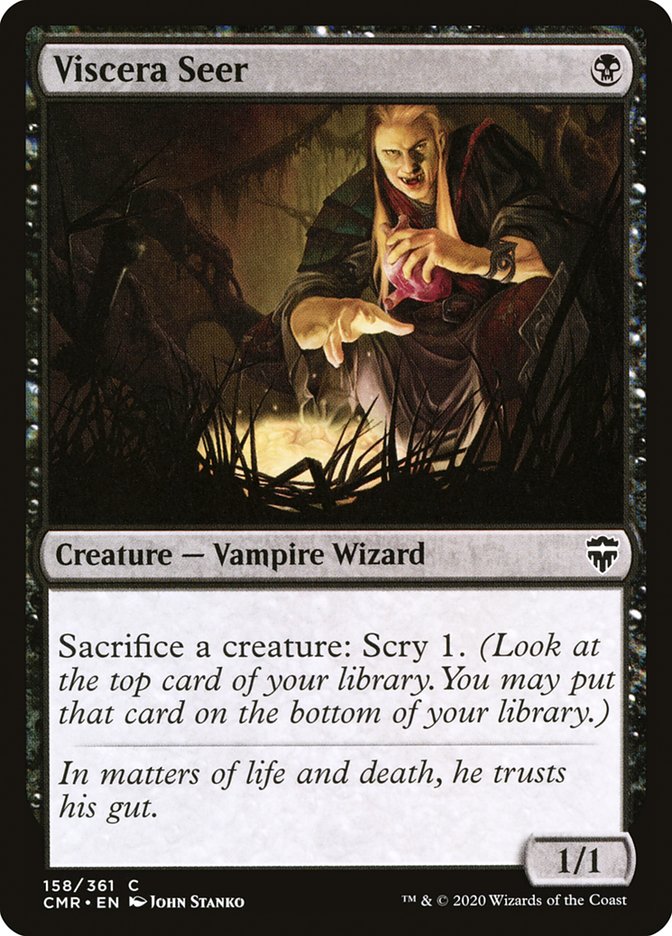
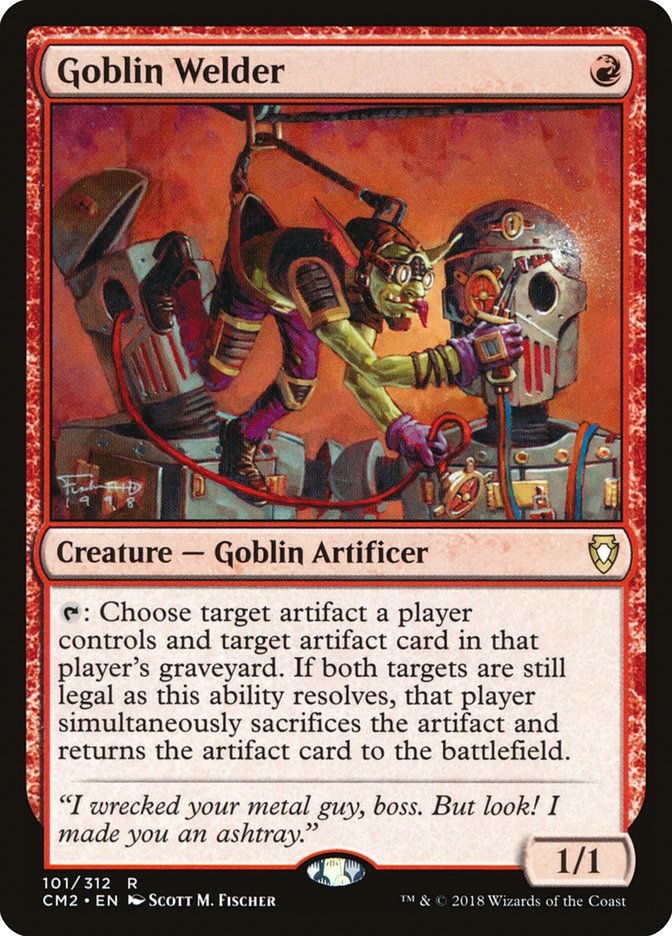

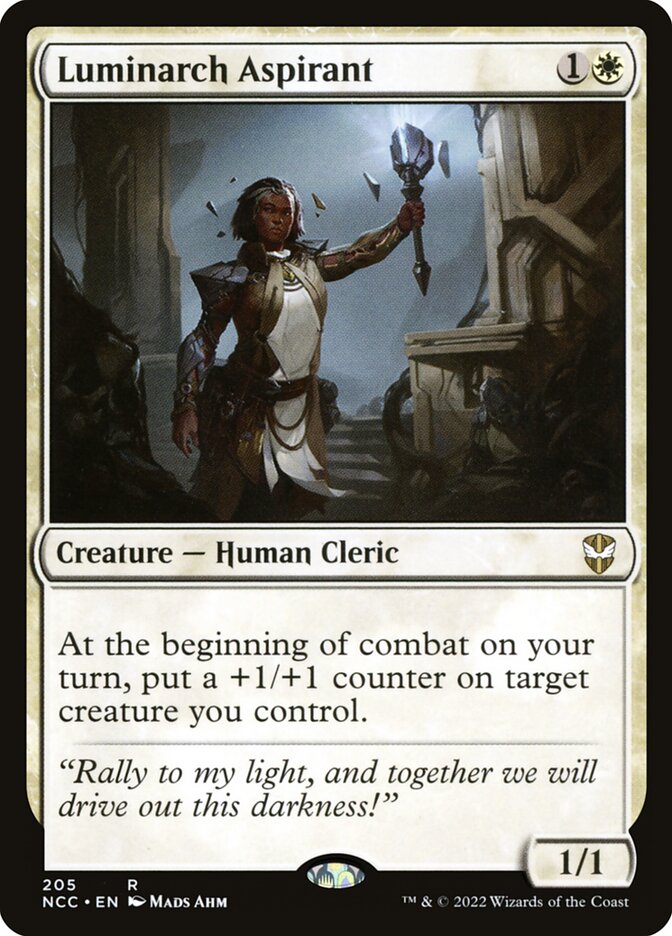
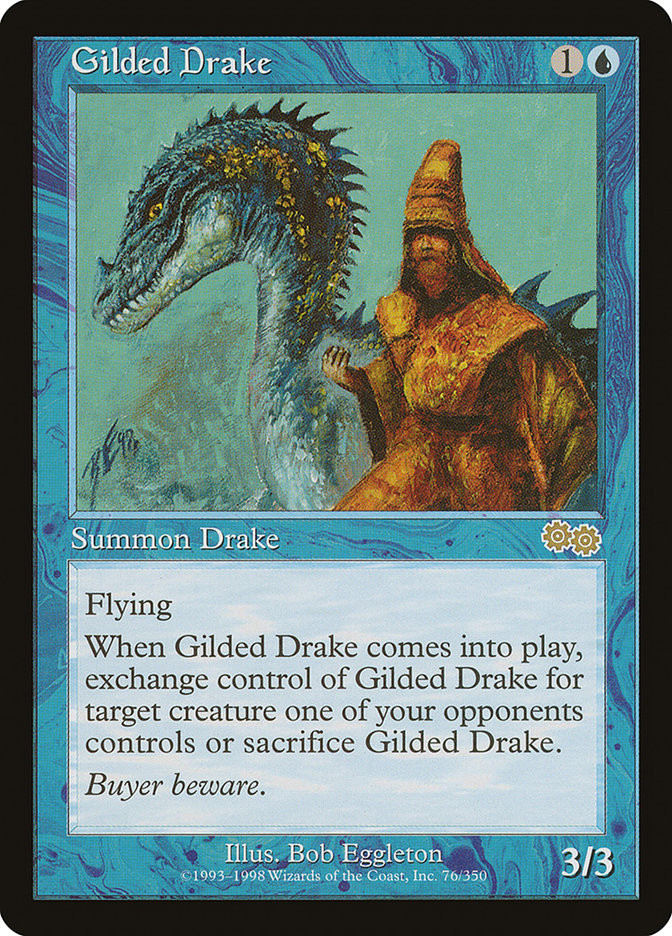
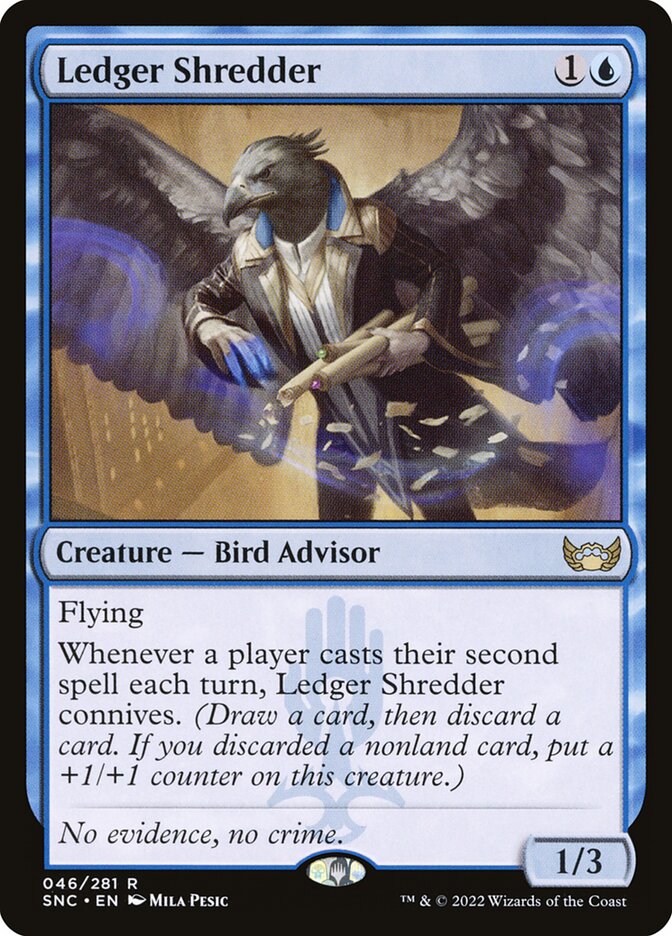

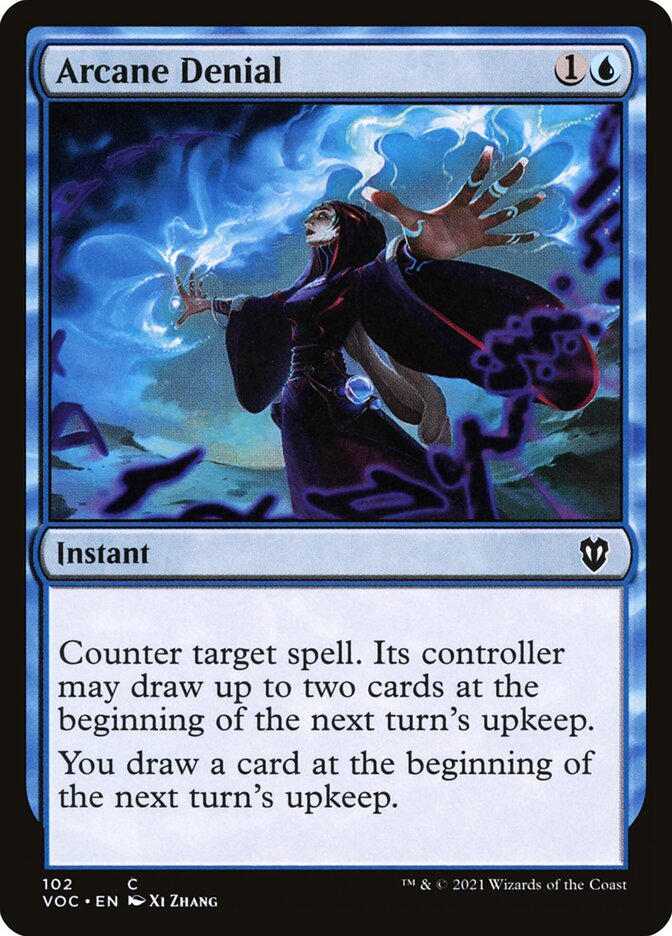
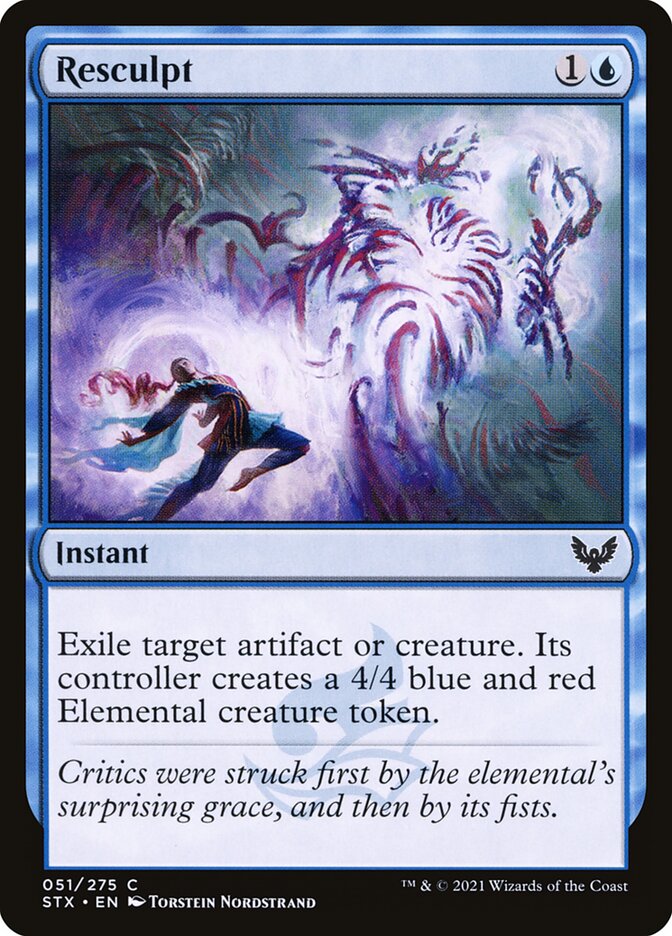

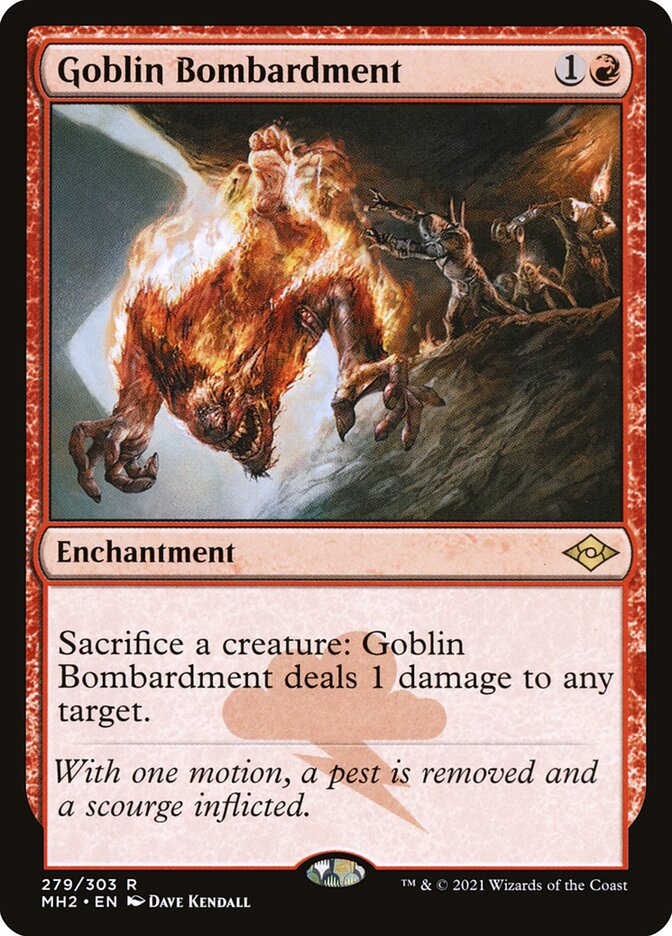
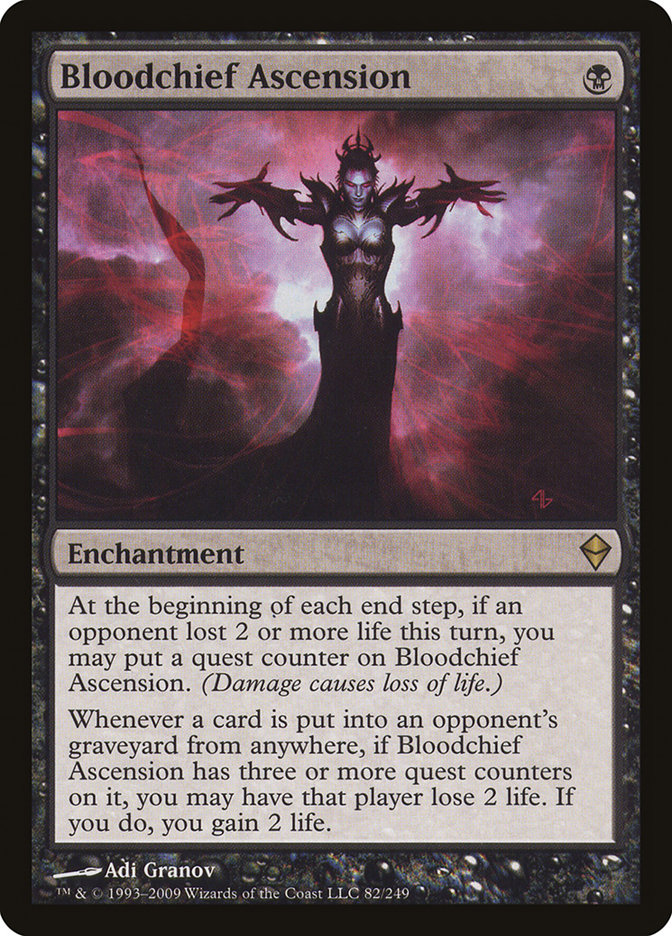
Comment
Join the conversation